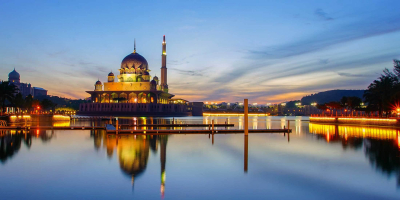Top 10 Uruguay Culture, Customs and Etiquette
Should you remove your shoes when visiting friends? Should you greet those on elevators with a smile? When thinking about the dos and don'ts in your own ... read more...nation, these questions might not seem like the most obvious ones, but things that you might not even consider at home can have a major impact abroad. Here is a list of Uruguay Culture, Customs and Etiquette.
-
In Uruguay, traditions and customs are a part of daily life. As these features are so ingrained in modern life, traveling to the country is a definite way to experience them. Social Beliefs And Customs are a few of the most typical customs and traditions to expect when traveling to Uruguay.
Uruguay is a multicultural nation with a wide range of cultures, cuisines, religions, arts, and sports, all of which combine to create a distinctive national identity. This nation's citizens are renowned for being hospitable, friendly, and warm. However, criticisms of the culture here are not brushed over. When speaking, Uruguayans are typically more forthright and straightforward than people from other South American nations.
The standard welcome involves a hug and kiss on the cheek when welcoming close friends and occasionally new strangers. Personal space is frequently much closer than, say, in the US. People frequently clasp arms, stand shoulder to shoulder, or cluster together when waiting in lines.
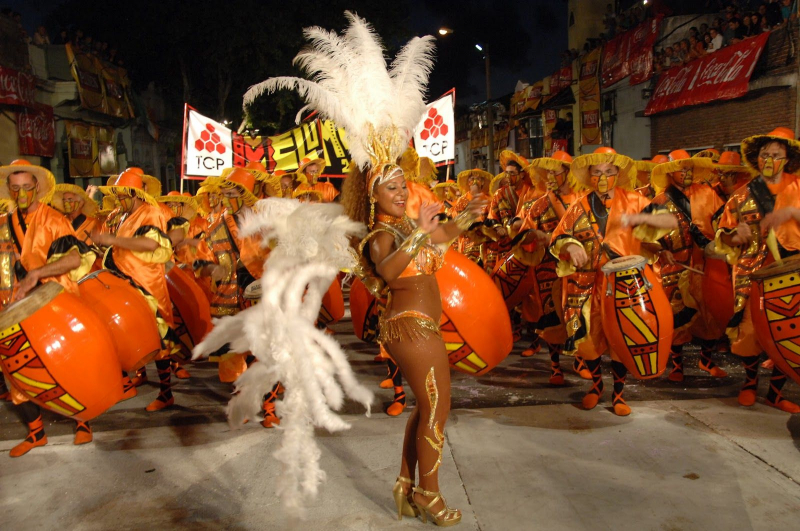
https://www.pinterest.com/ 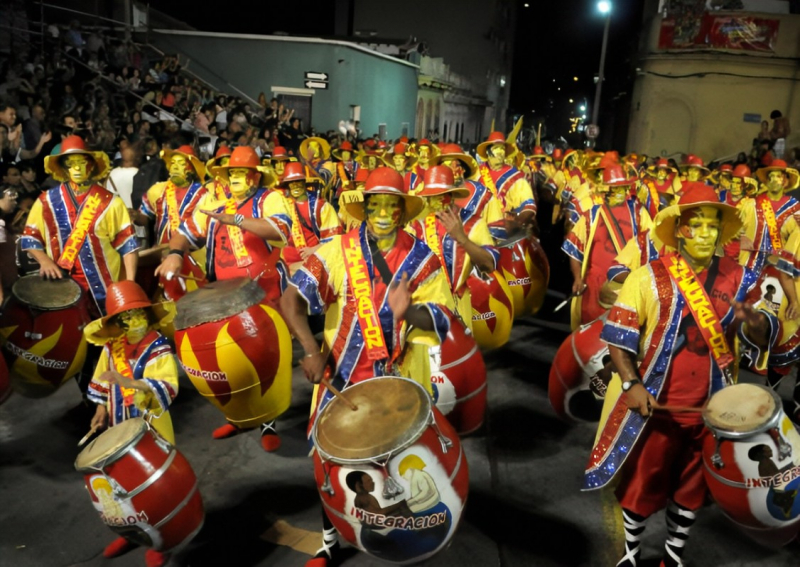
https://morgan1uruguay.weebly.com -
The Uruguayan Constitution guarantees everyone's right to freely practice their chosen faith. Nearly half of Uruguayans identify as Catholic, and an additional 11% as Protestant, making up the country's estimated 60% Christian population. Protestants claim to be more involved in the church, while Catholics report low regular attendance. This nation's population claims to be made up of just over 40% atheists. This number is further broken down into agnostics, atheists, and people who believe in a god who has no affiliation with any church.
The Uruguayan Carnival, which takes place between the middle of January and the end of February, is one of the major celebrations in this nation. After the carnival in Brazil, it is the biggest carnival worldwide. Large parades of drummers and dancers dressed in bright colors take place throughout this event. The size of it is especially big in Montevideo. During Carnival, there are also comedic performances that make fun of current events and storytellers who make parodies of well-known and classic novels and films.

http://aa.com.tr 
https://www.spainexchange.com/ -
Uruguay's music and dance reflect the same diversity as its population. Tango, candombe, murga, and milonga are some of the popular musical genres played here. The music played at Carnival events is known as murga. In addition to a choir, it has a snare drum, a bombo drum, and cymbals. It is typically understood as a form of comedy show and parodies current affairs in Uruguayan politics and society.
Afro-Uruguayan music known as candombe is performed by multiple percussion instruments at once. In Montevideo, musicians frequently congregate to perform in the evenings on the streets. Although it also has roots in Montevideo, Uruguay, tango is frequently identified with Argentina. This music is frequently performed at social dancing events and has been greatly inspired by Afro-Uruguayan culture.
On the UNESCO list of Intangible Cultural Heritage of Humanity are the tango and the candombe. Since milonga was most popular in the late 19th century, it is frequently referred to as the forefather of tango music and dance. It has a quick, lively rhythm, and dancing is frequently present.
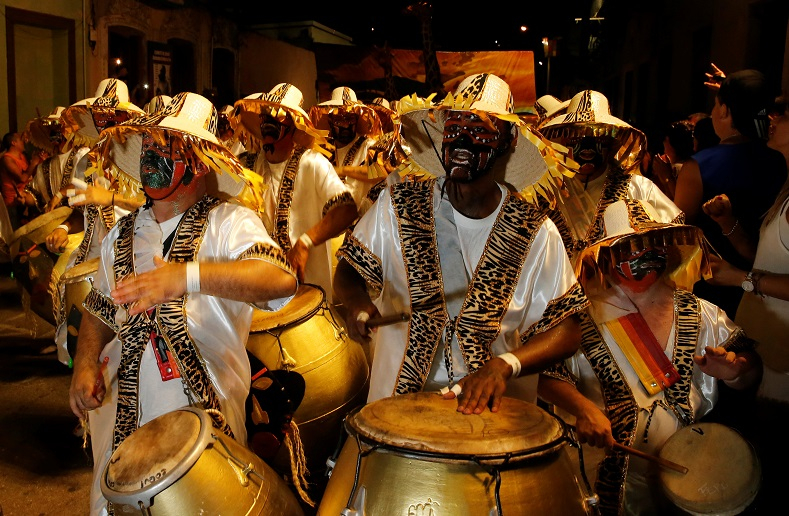
http://www.telesurtv.net/ 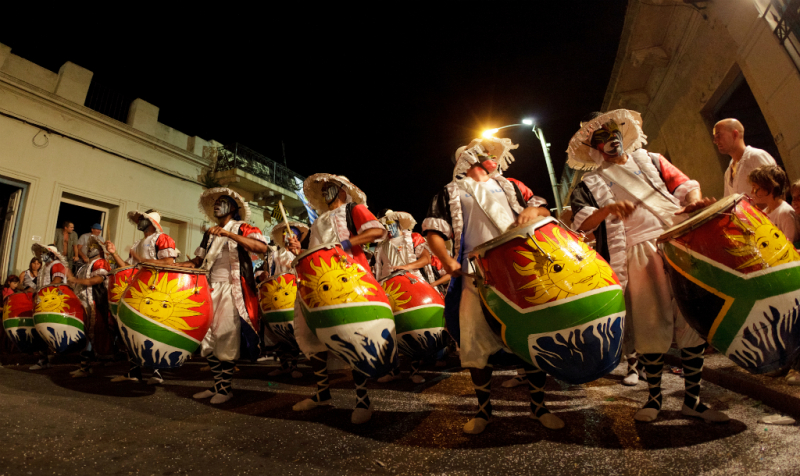
https://theculturetrip.com/ -
Uruguay's government and a few private foundations give literature and the arts some meager financial support. However, writers, poets, artists, and entertainers typically raise money on their own or supply it themselves.
The entrance of European settlers, who brought literary traditions from many places with them, marked the beginning of this nation's literary culture. Literature in Uruguay started to grow and adopt a more nationalistic form as the country obtained independence and experienced greater political stability in the 19th century.
The romantic writing style was introduced to Uruguayan literature by Argentinian authors who fled their country and sought asylum there. However, the Generation of '45 had the most impact. This group of authors largely produced work between 1945 and 1950, yet they continue to be significant figures in this nation's literary history.
Theater, painting, and sculpture are some of the further arts practiced in Uruguay. One of these forms of art that is most frequently used in this nation is sculpture. Hugo Nantes, Pablo Atchugarry, Carlos Páez Vilaró, and Claudio Silveira Silva are a few of the most well-known Uruguayan sculptors. There are many different painting styles, including realism, nativism, and abstraction.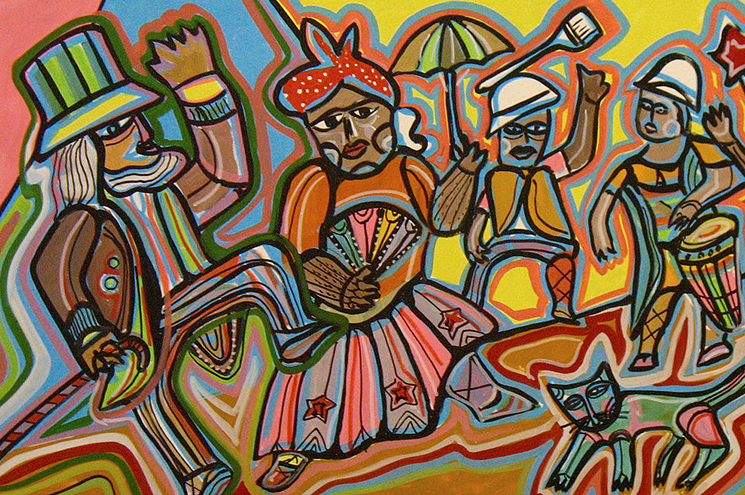
http://www.wfmt.com/ 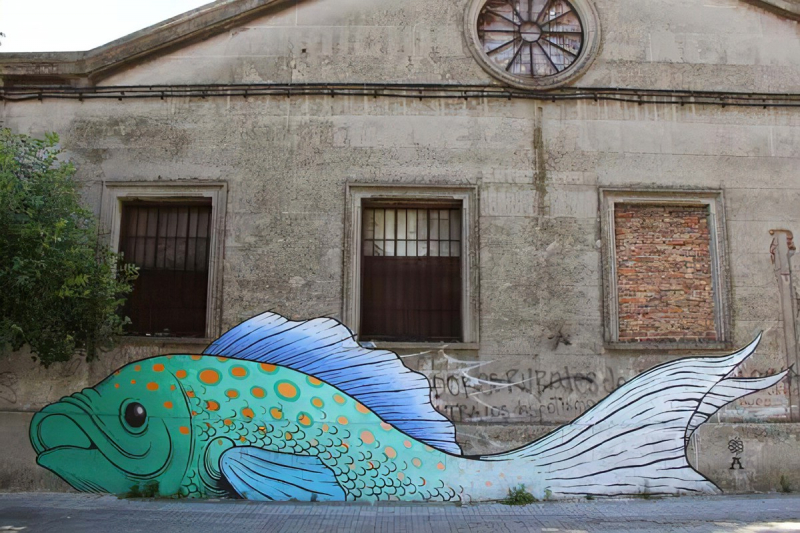
http://www.mrpilgrim.co.uk/ -
In urban regions, the vast majority of Uruguayans dress like Europeans and Americans, wearing jeans, trousers, skirts, dresses, button-up shirts, and t-shirts. Since dressing in this way is frequently linked to having a higher socioeconomic standing, it is generally desirable. There are a number of apparel styles available here that are also available at shopping malls in North America and Europe.
People who live in more remote locations or who own cattle ranches frequently wear traditional gaucho clothing. This involves a long, very wide pant leg that is frequently tucked into the top of a pair of boots for men, and occasionally for ladies. A button-up shirt may be worn as the top alone or in conjunction with a vest or jacket. In addition, they cover themselves from the heat and rain with a wide-brimmed hat and a scarf or bandana tied over their necks.
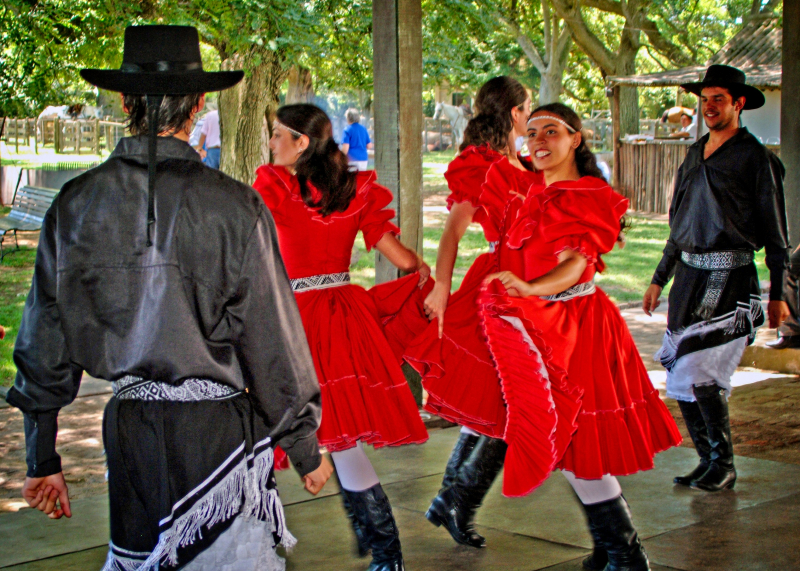
https://www.theepochtimes.com/ 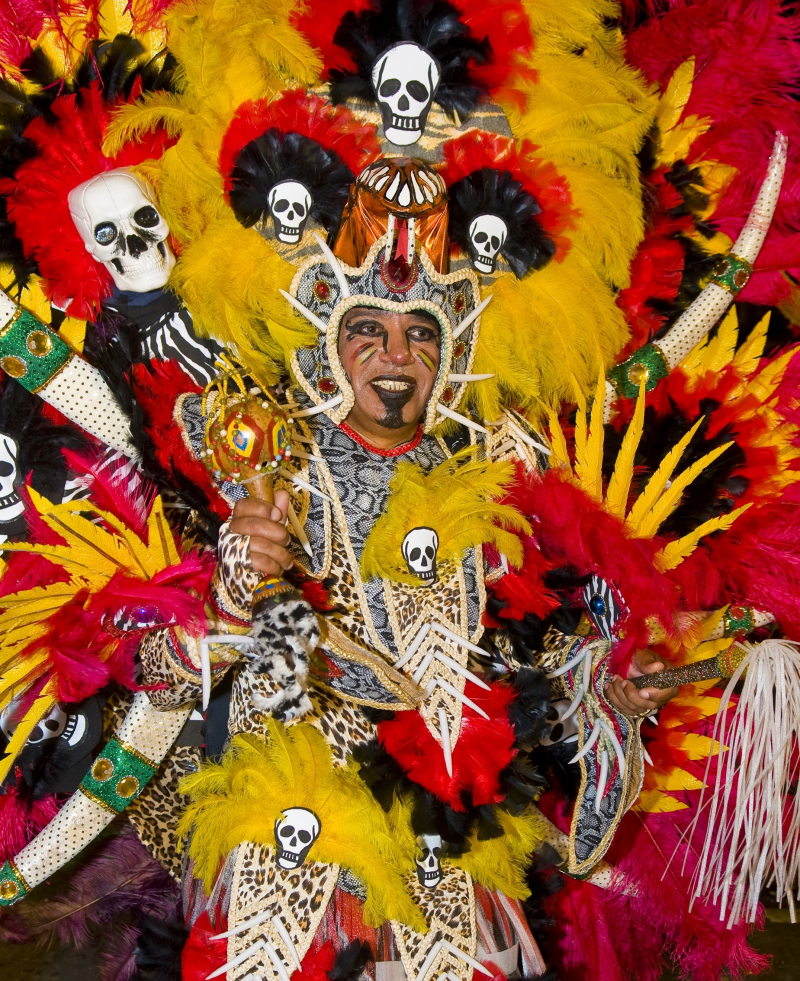
http://www.worldfestivaldirectory.com/ -
Soccer is the most popular sport throughout Latin America, including Uruguay. This nation competed in the Olympics before the World Cup competitions were established, taking home gold in soccer in 1924 and 1928. Uruguay commissioned the construction of the Estadio Centenario between 1929 and 1930 in order to host matches for the FIFA World Cup. Here was played the inaugural World Cup championship game, and Uruguay won.
Rugby and basketball are two additional prominent sports in Uruguay. The Los Teros rugby team from this nation is the second-best in all of South America. The world rankings for this national team place them at 20. Since the late 1930s, basketball has become a well-liked sport in our country, and its popularity is only increasing.
One of only three South American nations to finish in the top three in Olympic basketball competitions, the national team took home a bronze medal in the Summer Olympics of 1952 and 1956. Additionally, this team has triumphed in numerous South American title contests.

https://www.worldatlas.com/ 
https://getwalls.io/ -
Because women were granted legal rights at the start of the 20th century, patriarchy is far less prevalent in Uruguayan homes than it is in other regions of Latin America. As an illustration, the right for women to seek for divorce without specifying a cause was granted five years after the law allowing divorce on the basis of husband cruelty went into effect in 1907.
At this time, women also received the freedom to control their own finances, and they were granted the right to vote in 1938. This is not to suggest that machismo doesn't exist in Uruguay because it does, but it does so on a much more subdued level.
With an average family unit size of 3.4 heads, families are typically tiny in Uruguay. This is because hiring domestic help is simple, which facilitates working for women, and because education is highly valued. Because education is valued so highly, more women join the workforce and people are more likely to delay having children until they have achieved their intended professional goals.
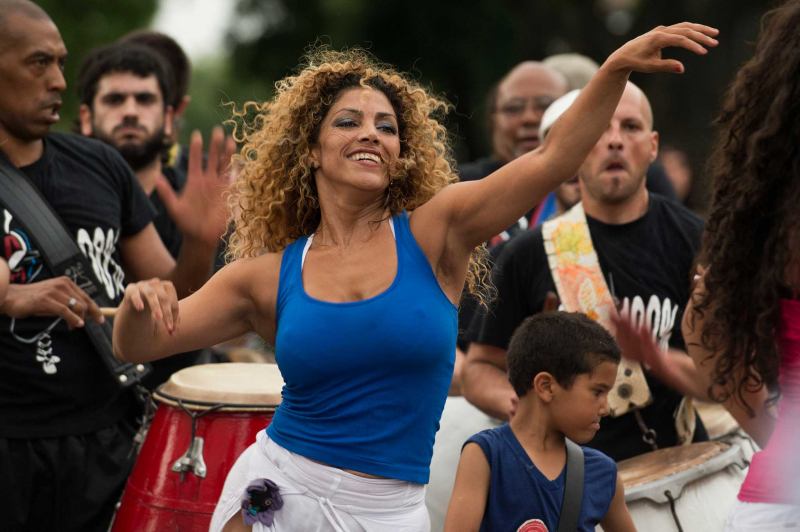
https://ririnillahi1.blogspot.com/ 
https://heaneycorner.blogspot.com/ -
If you are welcomed into a home in Uruguay, you should put on appropriate attire. For men, a jacket and tie are required. For women, a dress or a skirt and blouse are appropriate. Compared to their neighbors in Latin America, Uruguayans prefer to dress a little more formally. Arrival times are extremely flexible. Arrive 30 to 40 minutes later than the scheduled time of arrival. Business dinners or lunches are designed to be social occasions. They are not a forum for conducting business.
Attend to the host or hostess' instructions regarding where to sit. There might be a seating arrangement. Continental table manners dictate that when eating, the fork should be held in the left hand and the knife in the right. Wait until the hostess invites you to start eating before you do so. When eating, always keep your hands out in plain sight; nevertheless, never put your elbows on the table.
Before taking a taste of your beverage, wait for a toast to be offered. When you are done eating, it is considered courteous to leave a tiny portion of food on your plate. When you're done eating, lay your knife and fork across your plate with their handles pointing to the right and their prongs downward.

https://www.whv.fr/ 
http://pinterest.com -
The nation of Uruguay is socially progressive. France was 12 years behind Uruguay in granting the vote to women. Contrary to Argentina, Chile, or Paraguay, Uruguay is a secular state that has not funded any religion since 1917. The majority of the people are Catholic, however they are not extremely devout.
Compared to Brazil, Uruguay is less accepting of its gay and lesbian community. There are a few gay and lesbian pubs in Punta del Este and Montevideo, but there isn't a visible "queer" community anywhere else.
Ciudad Vieja is home to the sole public memorial honoring sexual diversity (the old city). However, it is regarded as secure and hospitable for gay and lesbian tourists and was the first country in Latin America to approve a law permitting civil unions. In Uruguay, gay marriage is completely legal. Gay tourists and expats rarely face overt discrimination, even in rural places.

http://airkhruang.com/ 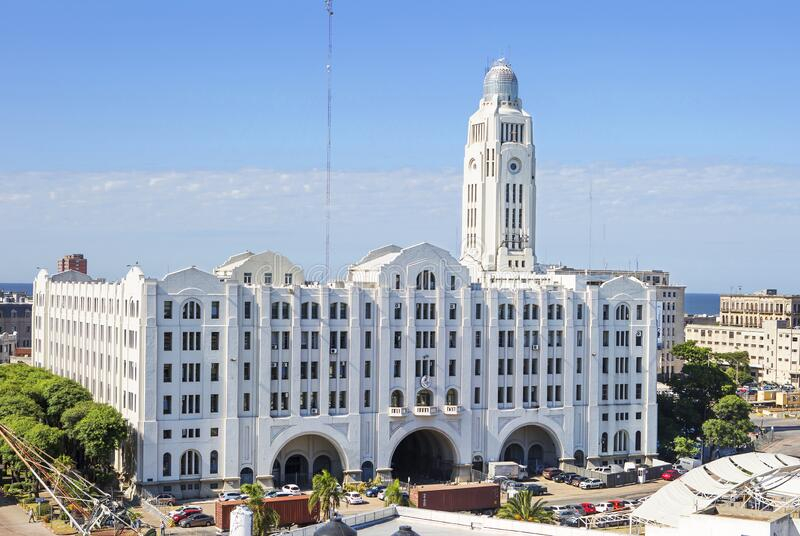
https://www.dreamstime.com -
It is customary to welcome the oldest or most important person first during formal opening greetings. A simple handshake will do, as will direct eye contact and a warm grin. Eye contact signals interest by remaining open. In a small gathering, wait for your host or hostess to introduce you to others since Uruguayans typically prefer third-party introductions. As you depart, bid each person a fond farewell.
Prior to the event, it is customary to bring flowers or sweets to a Uruguayan who has invited you to dinner at their home. However, if you do not have the chance to do so, bring your gift with you. Gift-giving is not really a part of Uruguayan tradition, but if you do decide to bring one, keep it modest and think about bringing something from home or your hometown, like a fine bottle of Scotch. Gifts are unwrapped right away.
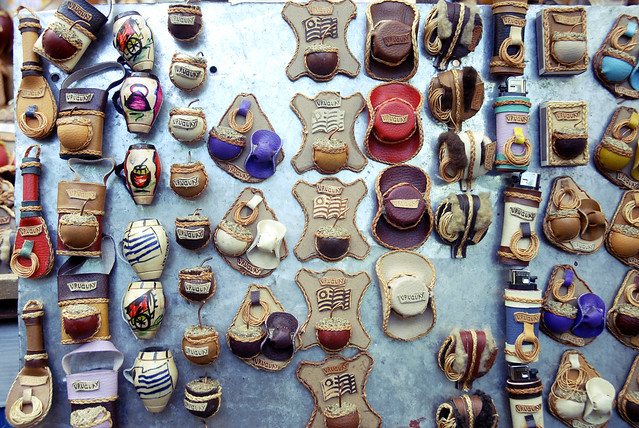
http://flickr.com/ 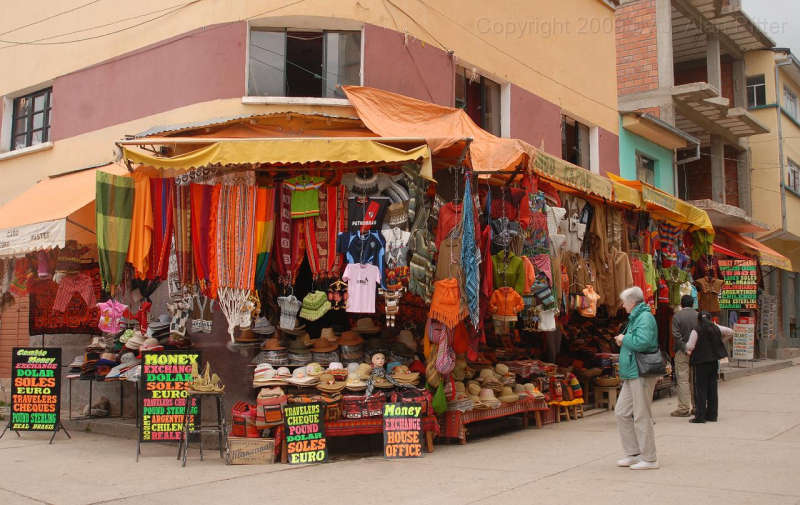
http://www.mtritter.org/






























